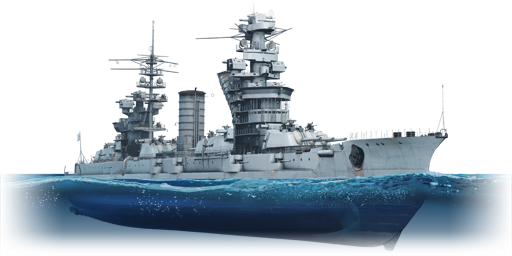The Parizhskaya Kommuna ("Paris Commune") was the lead ship of the Sevastopol-class (also known as Gangut-class) battleships of the Imperial Russian Navy. The ship was commissioned in 1911 under the name Sevastopol, but would later be renamed Parizhskaya Kommuna by the new Soviet government. Over the 1920s, Parizhskaya Kommuna underwent a major modernisation, including a new flared bow, upgraded armament, armour, and machinery. In 1929, the ship was transferred to the Soviet Black Sea Fleet, where she served as the fleet flagship through the 1930s. During World War II, Parizhskaya Kommuna provided artillery support to Soviet forces defending Sevastopol and survived several German air raids, though she was eventually evacuated to Poti on the Black Sea coast. Over the next year, Parizhskaya Kommuna participated in bombardment missions against German forces in Crimea, including the Kerch-Feodosia Amphibious Operation. In 1943, the ship was renamed back to Sevastopol and served in a support role for the rest of the war.
The Parizhskaya Kommuna was introduced in Update "Direct Hit" in her 1941 configuration. As a World War II refit, the Parizhskaya Kommuna features enhanced survivability compared to her World War I-era predecessor, the Poltava, particularly with regards to vertical protection. A vastly increased anti-aircraft armament acts as an excellent deterrent to aerial threats, while increased turret roof and deck armour improve survivability even if the Parizhskaya Kommuna is hit from above. Moreover, the main armament of 12 x 305 mm guns has an increased rate of fire while retaining the powerful shells of previous Russian dreadnoughts. That being said, the weight gain due to modernisation negatively impacts her mobility, and modernised armour does not improve her belt nor torpedo protection.














